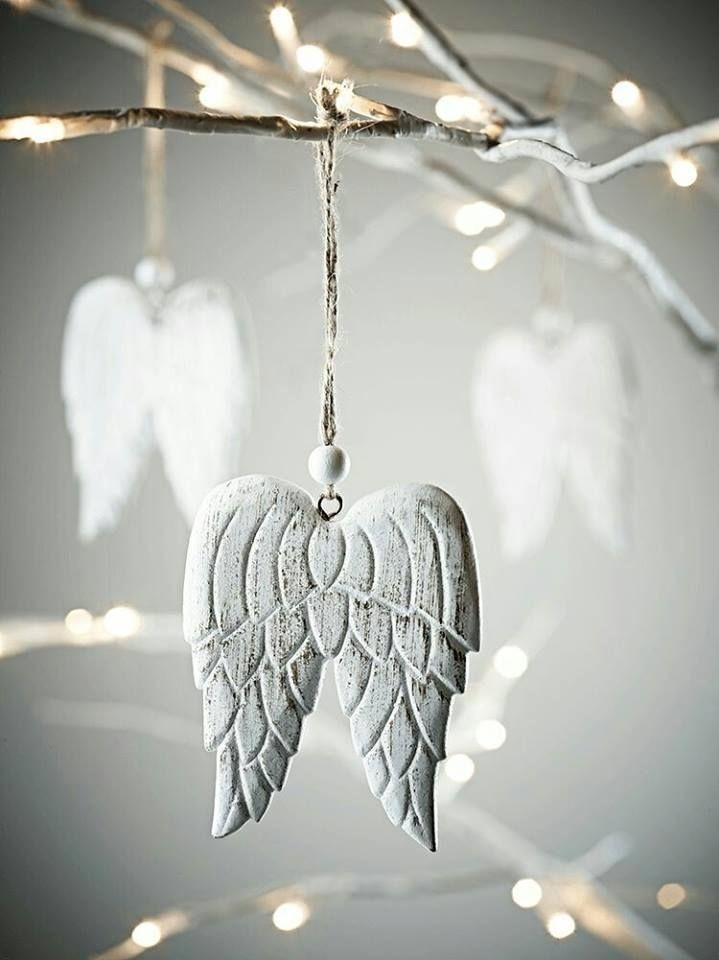The Power of Color in Art: A Journey Through Cultures
- Koöko Fleurs
- Sep 28
- 3 min read
Updated: Oct 15

Color is not merely pigment—it is memory, ritual, resistance, and revelation. Across continents and centuries, artists have wielded color as a language of healing, protest, and transcendence. From the ochres of African earth to the jade of Chinese scrolls, from the geometric blues of Islamic tiles to the spectral theories of Western chromatics, color in art is both universal and deeply personal. This article explores how color breathes through cultural traditions, spiritual philosophies, and artistic practices—inviting us into a chromatic embrace of the world.
African Art: Earthbound Spirit and Symbolic Resonance
In African art, color is often inseparable from material and ritual. Natural pigments—red ochre, white kaolin, black charcoal—carry ancestral weight. They are not chosen for aesthetic alone, but for their spiritual and social functions.
Red evokes vitality, blood, and ancestral presence. In many cultures, it is used in initiation rites and protective masks.
White symbolizes purity, the spirit realm, and mourning—often seen in funerary sculptures and ritual garments.
Black can represent mystery, the unknown, or the fertile soil of rebirth.
Textiles like kente cloth from Ghana use vibrant chromatic codes to signify status, lineage, and moral values. Each color—gold for royalty, green for renewal, blue for harmony—becomes a woven poem of identity.
Chinese Art: Harmony, Elemental Balance, and Imperial Power
Chinese chromatics are deeply rooted in Taoist and Confucian cosmology. The Five Elements (Wu Xing)—wood, fire, earth, metal, and water—correspond to five cardinal colors:
Wood is linked to the color green, representing growth, vitality, and renewal.
Fire corresponds to red, symbolizing joy, celebration, and dynamic energy.
Earth is associated with yellow, evoking stability, nourishment, and centrality.
Metal is paired with white, signifying purity, clarity, and mourning.
Water aligns with black, embodying depth, mystery, and introspection.
Imperial art often centers on yellow, the color of the emperor and the earth. Red dominates festivals and architecture, symbolizing luck and protection. Blue and green appear in landscape paintings, evoking serenity and the Daoist ideal of natural flow.
These elemental-color relationships form the foundation of Chinese chromatic philosophy, influencing art, architecture, medicine, and spiritual practice.
Islamic Art: Geometry, Light, and Divine Reflection
Islamic art approaches color through abstraction and sacred geometry. Figurative representation is often avoided, so color becomes a vessel for divine contemplation.
Blue—especially turquoise and lapis lazuli—is associated with heaven, protection, and spiritual depth. It adorns mosques, tiles, and manuscripts.
Green is the color of paradise and the Prophet Muhammad, often used in calligraphy and textiles.
Gold and white reflect divine light and purity, frequently seen in Qur’anic illumination.
Color in Islamic art is not random—it follows mathematical precision and theological symbolism. The chromatic system becomes a mirror of divine order.
Western Chromatic Systems: From Alchemy to Optics
In Western art history, color has oscillated between mysticism and science. Medieval artists saw color as moral and spiritual—blue for the Virgin Mary, gold for divine presence. The Renaissance introduced oil painting and perspective, allowing for richer chromatic depth.
By the 18th century, Newton’s prism experiments and Goethe’s Theory of Colours reframed color as a psychological and optical phenomenon. The chromatic wheel emerged, organizing hues into complementary and analogous relationships.
Modern artists—like Kandinsky, Rothko, and Albers—explored color as emotion, vibration, and abstraction. Color became a field of energy, a spiritual force.
Color as Ritual, Protest, and Healing
Across cultures, color is used to:
Heal: Color therapy (chromotherapy) uses hues to balance emotional and physical states.
Protest: Artists use red for urgency, black for mourning, and rainbow for inclusivity.
Ritualize: Seasonal palettes mark transitions—spring greens, autumn ochres, winter whites.
In my own holistic practice, color becomes a gentle guardian. Whether curating African art therapy visuals or styling editorial guides, our chromatic choices reflect emotional safety, spiritual resonance, and inclusive storytelling.
The Emotional Impact of Color
Color influences our emotions and perceptions. Each hue carries its own psychological weight. For instance, blue can evoke calmness, while red can incite passion. Understanding these emotional connections can enhance artistic expression and deepen the viewer's experience.
Incorporating color thoughtfully can transform a piece of art into a powerful statement. Artists can use color to convey messages, provoke thought, or evoke feelings. This intentional use of color can create a dialogue between the artwork and the audience, enriching the overall experience.
Conclusion: Embracing the Chromatic Spectrum
To speak of color in art is to speak of life itself—its rhythms, ruptures, and revelations. Each hue carries a whisper from the past, a breath of the sacred, a pulse of the present. In honoring these chromatic traditions, we do more than decorate—we remember, we resist, we heal.
As we explore the vast spectrum of color, we invite you to reflect on your own experiences with color in art. How does color resonate with you? What memories or emotions does it evoke? Embrace the power of color and let it guide you on your artistic journey.
For more insights on the significance of color in art, check out this resource.











Comments